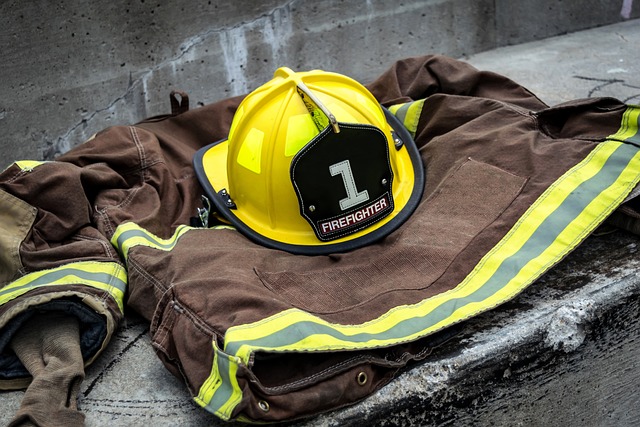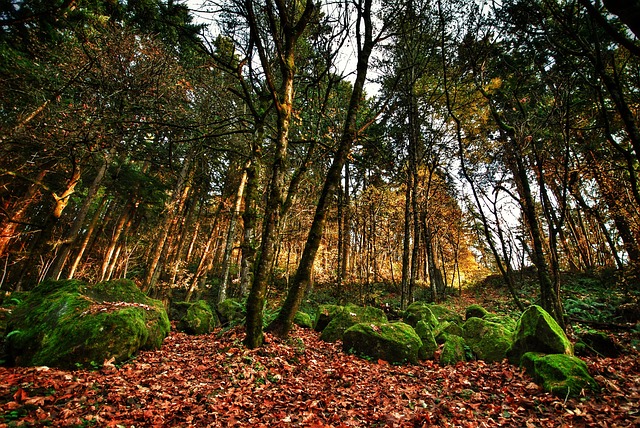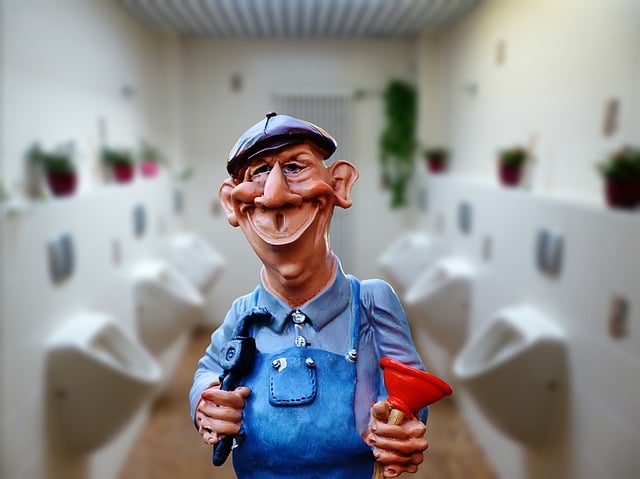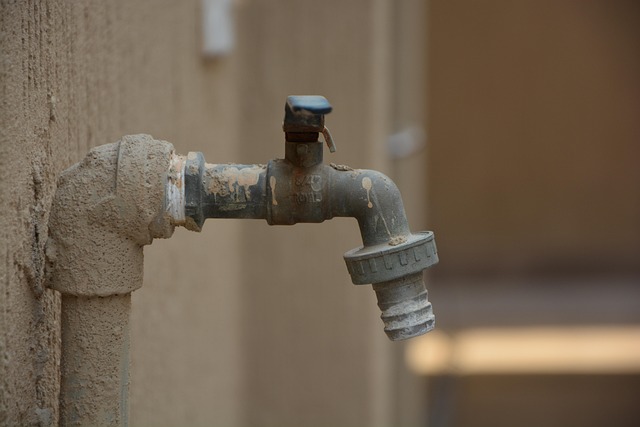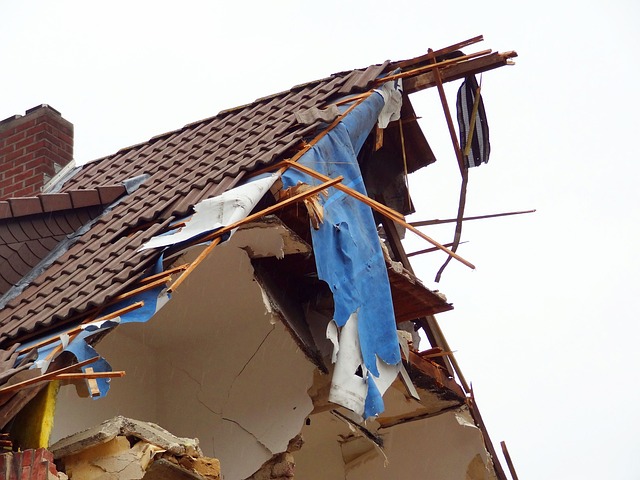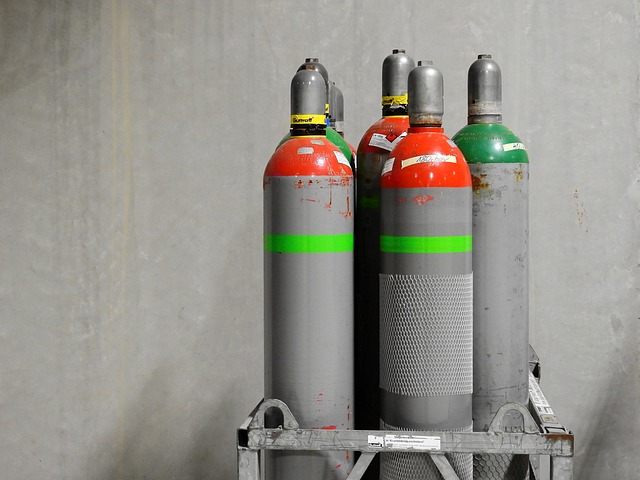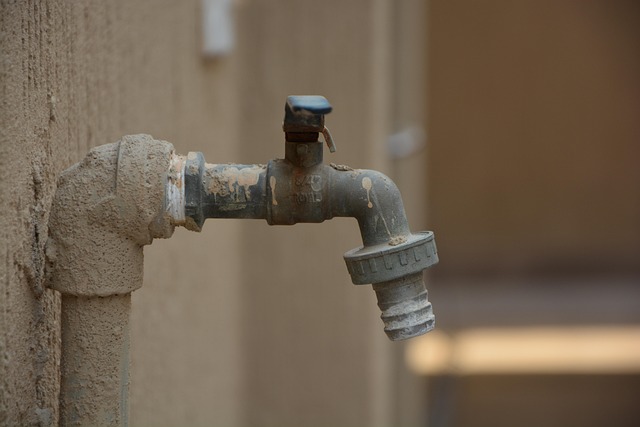Identifying plumbing issues early is key to preventing mold and mildew growth. Signs like persistent leaks, low water pressure, drain clogs, and unusual odors indicate problems that a professional plumber can detect and fix, avoiding health risks and structural damage caused by unaddressed water buildup. Regular inspections are crucial for maintaining a healthy living environment.
“Unseen invaders can lurk within your pipes—mold and mildew, fueled by plumbing issues you might overlook. Persistent leaks, water pressure problems, and hidden drain clogs create the perfect storm for these substances to thrive, often going unnoticed until they’ve spread. This article guides you through the insidious growth of mold near plumbing, from identifying subtle signs like unusual odors to understanding health risks and implementing effective prevention strategies with the help of a professional plumber.”
- Identifying Potential Plumbing Issues Leading to Mold and Mildew Growth
- – Persistent leaks and water pressure problems
- – Unaddressed drain clogs and their hidden consequences
Identifying Potential Plumbing Issues Leading to Mold and Mildew Growth

Identifying potential plumbing issues is crucial in preventing mold and mildew growth. A professional plumber can look for signs like persistent leaks, which may indicate faulty pipes or fittings. They can also check water pressure, as low pressure could signal a leak or blockages within the plumbing system. Regular inspections are key to catching these issues early.
Other telltale signs include drain clogs and unusual odors coming from plumbing fixtures. Mold and mildew often thrive in areas with excess moisture, so any persistent water buildup or dripping can create the perfect environment for their growth. If left unaddressed, these problems can lead to significant health risks and structural damage.
– Persistent leaks and water pressure problems

Persistent leaks and water pressure problems are red flags indicating potential plumbing issues that require immediate attention. As time goes on, these problems can escalate into larger, more costly damages. Water leaks can originate from various sources, such as broken pipes, faulty valves, or worn-out fixtures, and they often go unnoticed until mold or mildew begins to grow in nearby areas. This is a clear sign that water has been seeping into walls, ceilings, or floors, causing structural damage and creating an ideal environment for these hazardous substances to flourish.
Professional plumbers are trained to identify signs of persistent leaks and water pressure problems through careful inspection and the use of specialized tools. They can also detect unusual odors, a telltale sign of mold or mildew growth, which may be difficult for homeowners to recognize. By addressing these plumbing issues promptly, professionals prevent further damage and create a healthier living environment by eliminating moisture-related concerns like drain clogs and musty smells.
– Unaddressed drain clogs and their hidden consequences
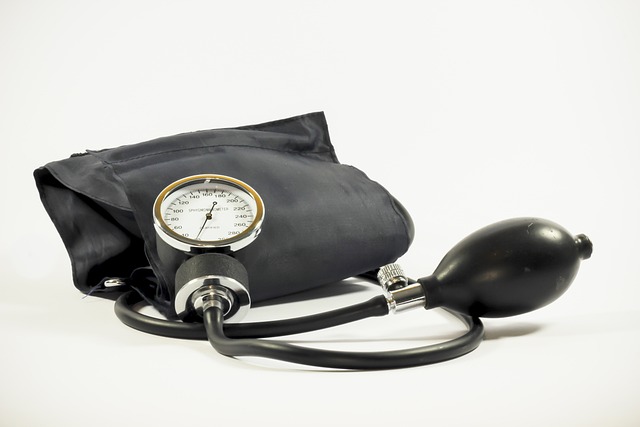
Unaddressed drain clogs aren’t just an inconvenience; they can lead to a host of hidden consequences that often go unnoticed until they escalate. These stubborn blockages can cause water pressure to drop, leading to inefficient plumbing systems and potentially costly repairs. Moreover, persistent leaks often associated with clogged drains can create ideal environments for mold and mildew growth, posing serious health risks. Over time, these substances can infiltrate walls, carpets, and even furniture, resulting in structural damage and the need for extensive renovation.
Another insidious effect of unfixed drain clogs is the emergence of unusual odors. The stagnant water and organic debris trapped within pipes can foster bacterial growth, generating unpleasant scents that permeate homes. What’s more, these odors can be a red flag for potential plumbing issues, indicating the need for professional intervention from a plumber. Recognizing the signs early – such as slowed drainage, persistent clogs, or unusual smells – is crucial to preventing these hidden dangers and ensuring a healthy living environment.




